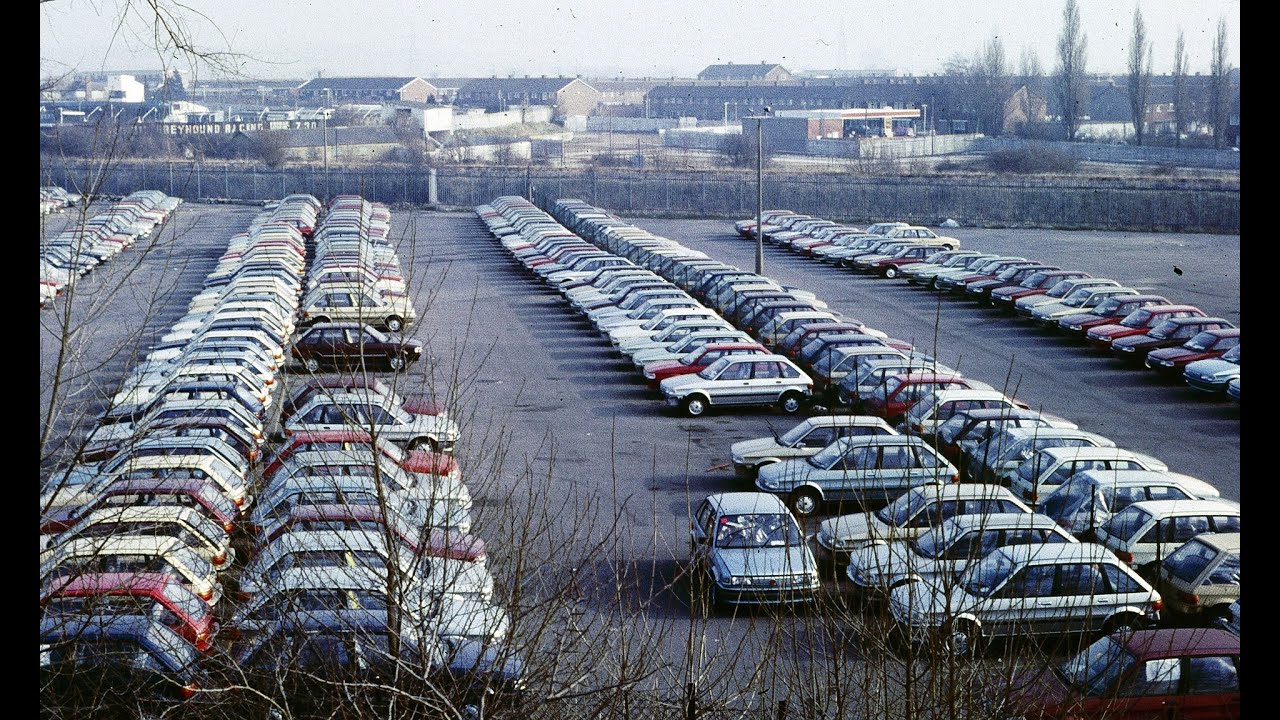In Part 1 , on 2023-04-02, we saw how the postwar consolidation of the British automotive industry led to the formation of British Motor Corporation (BMC), which went on to absorb Jaguar in 1966. This left BMC and Leyland Motors as the only two large domestic auto manufacturers in the U.K. Part 2 (2023-04-16) followed the consolidation of these survivors into British Leyland and its spiral into collapse and nationalisation in 1975.
The new government-owned “business” was initially named “Leyland Cars”, then “BL Cars Ltd.”, and finally “Austin Rover Group” (ARG, probably pronounced “arghhh” by its ever-shrinking number of customers). The company continued to have chaotic and disastrous labour relations problems, which may have had something to do with the fact that the leaders of some of the trade unions were actual, self-described communists. Product quality, which many assumed was already at its nadir, continued to probe new depths of shoddiness.
Austin Rover formed an alliance with Honda in 1979, providing a path to improving the quality of their products, while providing the Japanese manufacturer a foot in the door to the European market, from which they had been excluded, but could address with models badged as made in EU member United Kingdom. Even this alliance could not halt the decline due to bungling and communist unions, and in 1986 the truck and bus divisions were split off and sold to DAF and Volvo, respectively. In 1988, what remained, the Rover Group, was sold to British Aerospace which, as a defence contractor, had its finger on the pulse of the automotive market and was sure to turn things around. But that story will have to wait until Part 4.
